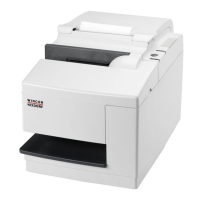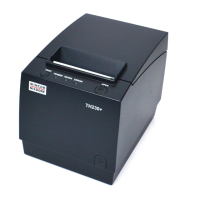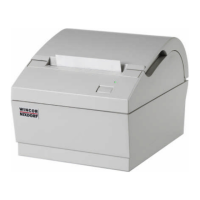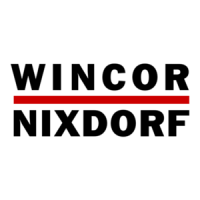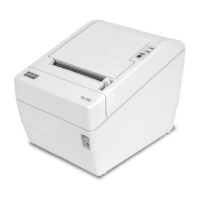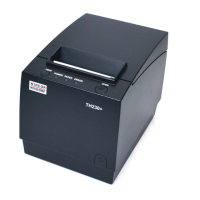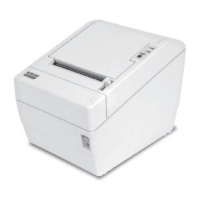Why is a vertical column of print missing on my Wincor Nixdorf TH320?
- WWilliam MontgomerySep 10, 2025
If a vertical column of print is missing, or one side of the receipt is missing, or the top or bottom half of characters are missing on your Wincor Nixdorf Printer, the printhead may be defective or there may be an incorrect printhead setting. Contact a service representative, or check the diagnostics setting.
